
Just like anyone else, celebrities can develop rare medical conditions. Many have bravely shared their experiences to raise awareness about these often-unheard-of illnesses, helping others understand the symptoms, treatments, and daily challenges. Here’s a look at some well-known individuals who have publicly discussed their diagnoses, along with straightforward information about each condition – what it is, how it’s treated, and how it has impacted their lives and careers.
Céline Dion
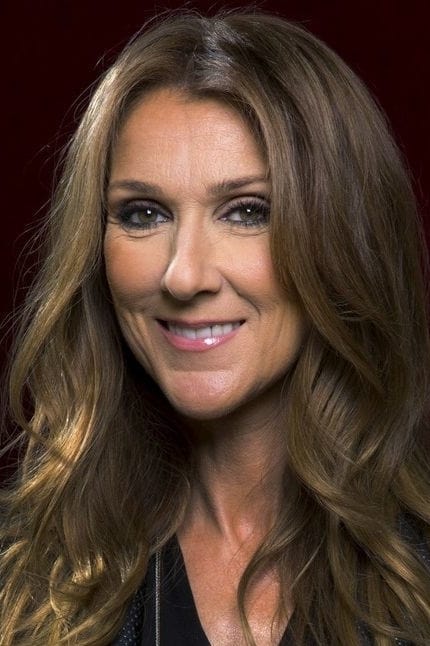
Celine Dion has been diagnosed with a rare condition called stiff person syndrome, which causes muscles to become rigid and experience painful spasms. These symptoms can be triggered by sudden noises or movements and can make it difficult to speak, sing, or move normally. Treatment usually includes medication to relax muscles and reduce anxiety, along with physical therapy. Because of her condition, Celine has had to postpone or cancel some of her concerts while she receives specialized care and works on recovery.
Gaten Matarazzo
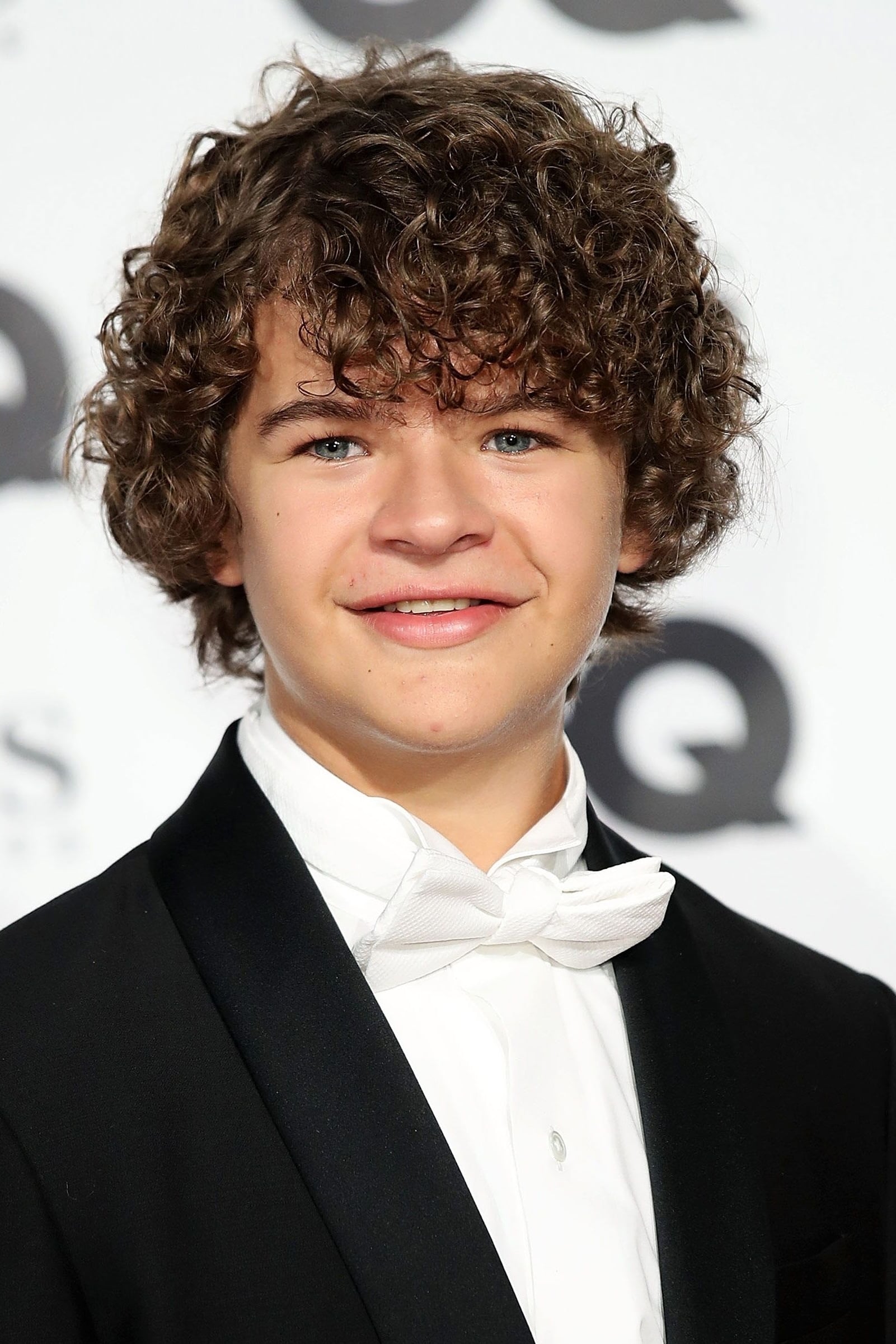
Gaten Matarazzo has a genetic condition called cleidocranial dysplasia (CCD) which impacts the development of his bones and teeth. This can cause baby teeth to take longer to fall out, collarbones to be missing or not fully formed, and teeth to become crowded. Treatment for CCD often involves dental work, braces, and regular check-ups with specialists. Gaten has been open about his experiences with these procedures and uses his public profile to help others understand how CCD care is managed.
Stephen Hawking

Stephen Hawking lived with amyotrophic lateral sclerosis (ALS), a disease that gradually weakens muscles and affects movement. Over time, ALS can make it difficult to breathe. While living with ALS, Hawking was able to continue his research for many years thanks to tools that helped him communicate and move, as well as medical care to support his breathing.
Lou Gehrig

Lou Gehrig was diagnosed with ALS, a disease that often goes by his name. ALS damages the nerves that control muscles, leading to weakening and eventual loss of function. While there’s currently no cure, treatment focuses on managing symptoms and helping people live as comfortably as possible. Gehrig’s experience brought much-needed attention to ALS and encouraged donations for research.
Venus Williams

Venus Williams lives with Sjögren’s syndrome, a condition where the body’s immune system attacks glands that make moisture. This often causes dryness in the eyes and mouth, along with fatigue and joint pain. Treatment options include artificial tears, medications to help produce saliva, drugs that regulate the immune system, and changes to daily habits. Venus has been working with doctors specializing in this condition and has modified her training and recovery routines to help manage symptoms when they flare up.
Halsey
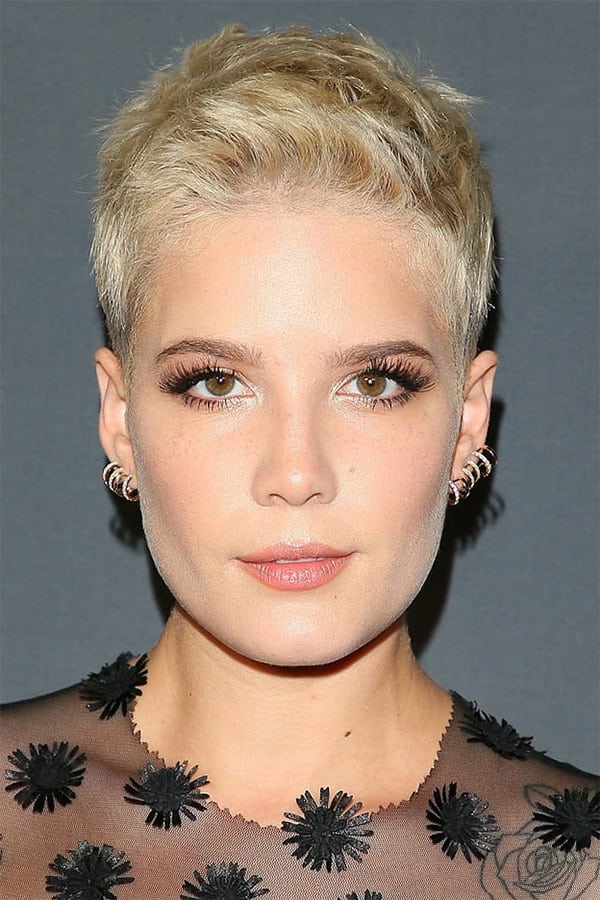
Halsey has openly shared her experiences living with Ehlers-Danlos syndrome (EDS), a condition that affects the body’s connective tissues, and related issues with how her body regulates itself. EDS can lead to overly flexible joints, easily damaged skin, and ongoing pain. Treatment usually involves physical therapy, support for the joints, pain relief, and regular checks for other related health problems. Halsey has described a thorough diagnostic process and a treatment team that includes specialists in heart health, the immune system, and genetics.
Sia
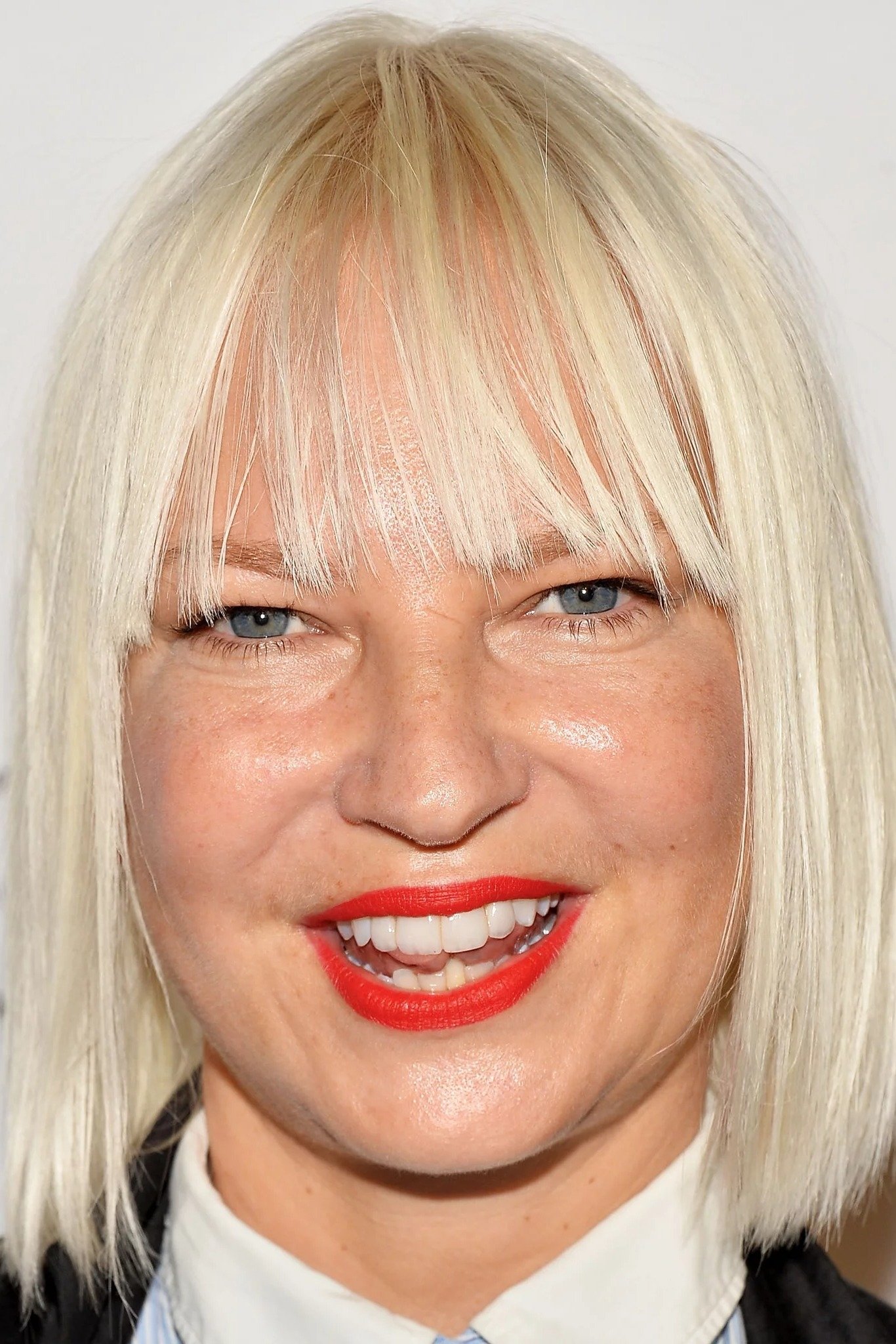
Sia recently shared that she has Ehlers-Danlos syndrome, a condition caused by problems with collagen and other tissues that support the body. This can lead to joints frequently slipping out of place, frequent soft tissue injuries, and issues with bodily functions like heart rate and digestion. Treatment usually involves physical therapy, using braces for support when necessary, and taking steps to protect the joints from strain.
Peter Dinklage
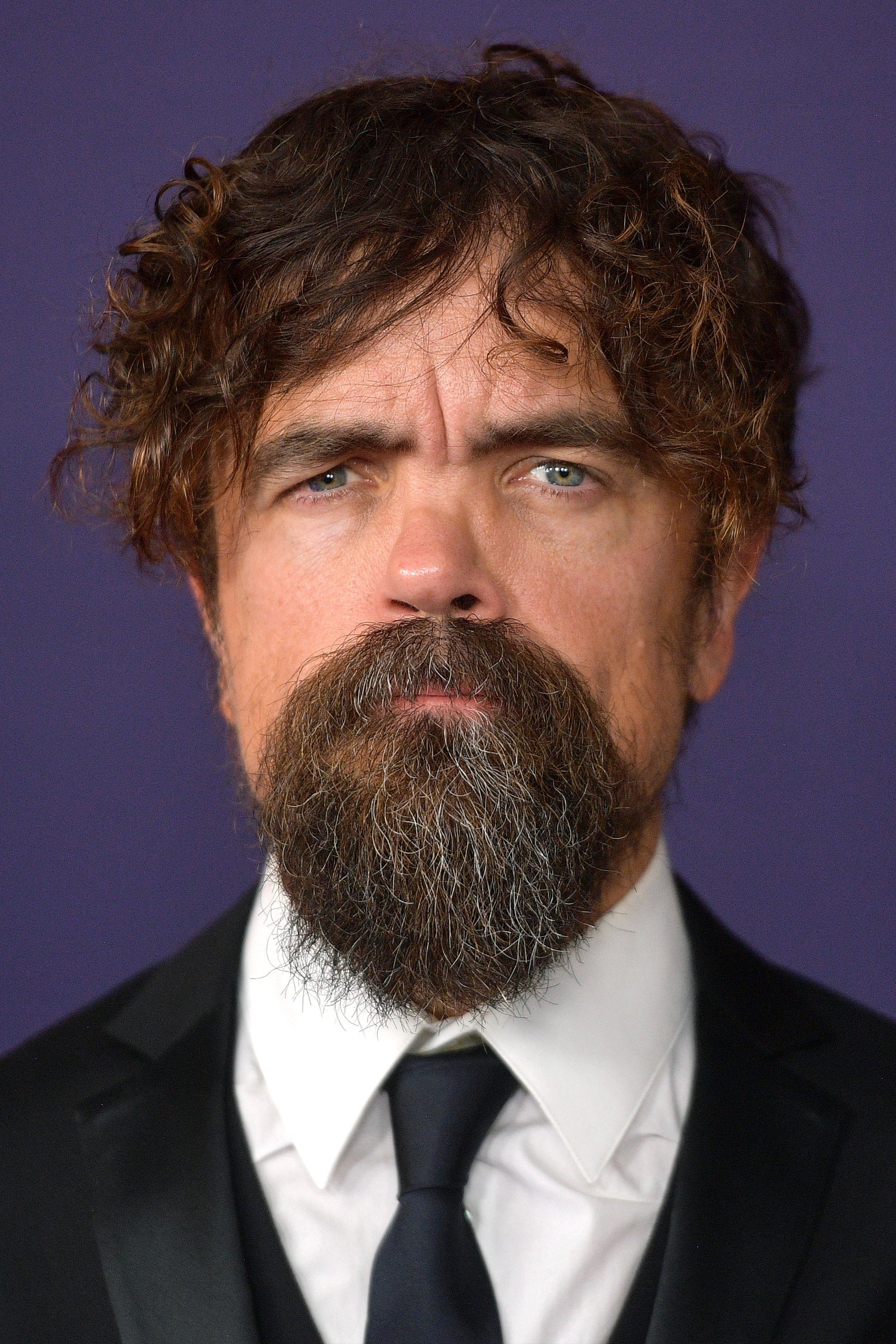
Peter Dinklage has a genetic condition called achondroplasia, which is a form of dwarfism. It affects how bones grow, resulting in shorter height and specific body proportions. Healthcare for achondroplasia often involves checking for potential problems with the spine, ears, breathing, and bones. Many people with this condition receive care from specialized clinics that monitor their growth and nervous system health.
Warwick Davis
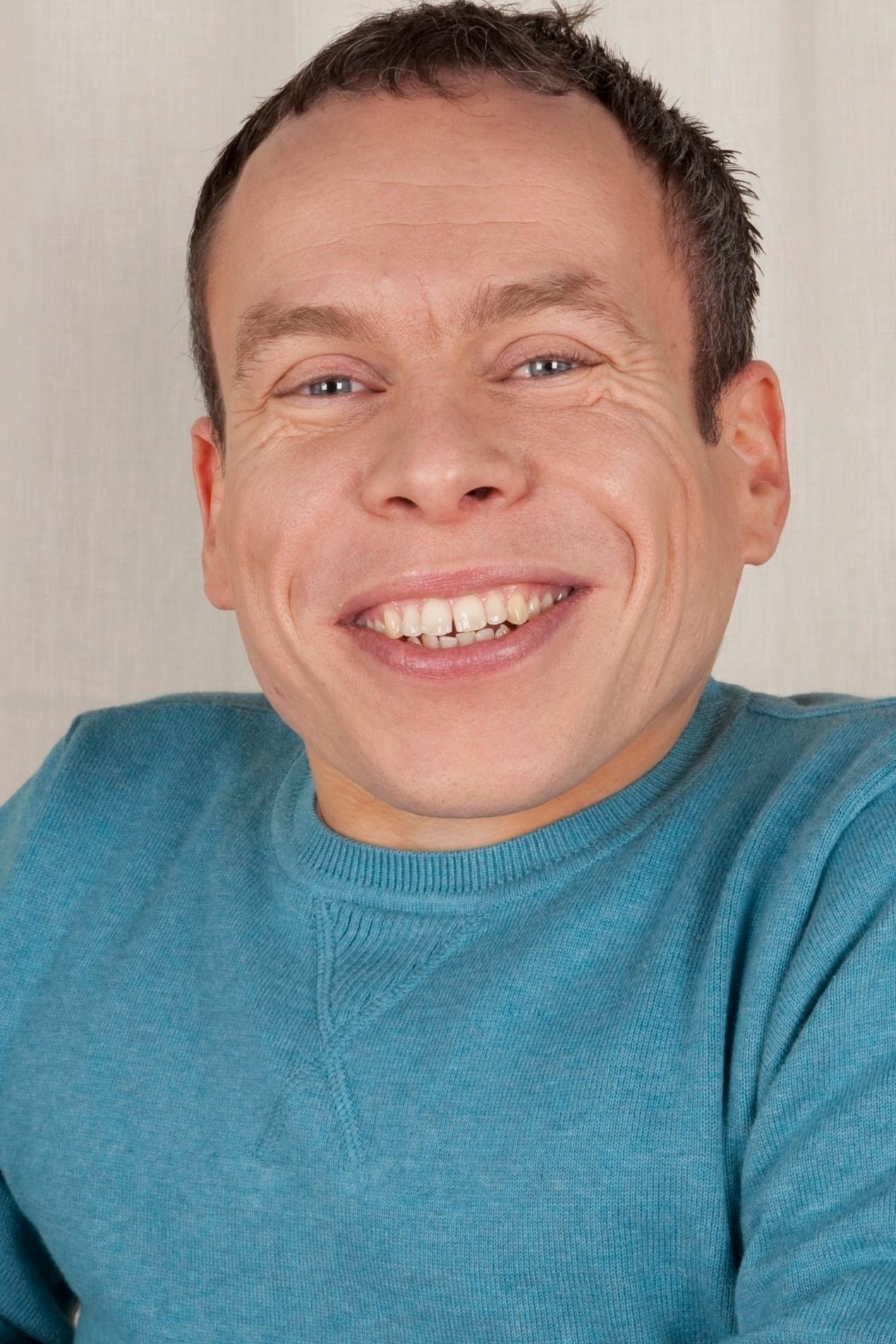
Warwick Davis has a rare genetic condition called spondyloepiphyseal dysplasia congenita, which affects bone growth. This can result in short stature and issues with joints, as well as the spine and hips. Treatment involves monitoring by orthopedic specialists, managing pain, and sometimes surgery. Ongoing care is important to maintain movement and address any problems that may arise throughout life.
Peter Frampton
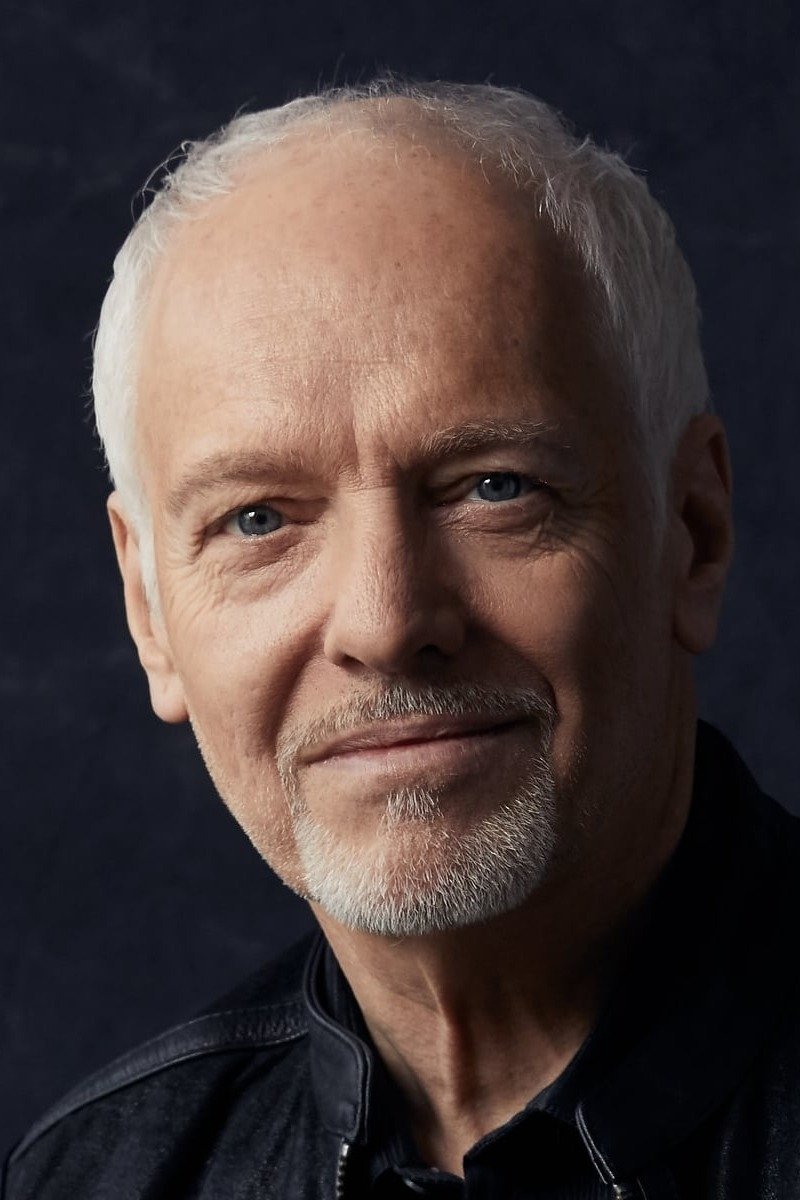
Guitarist Peter Frampton has a rare muscle disease called inclusion body myositis (IBM). This condition causes increasing weakness, particularly in the legs and forearms, and can make swallowing difficult. There’s currently no cure or way to slow the disease, so treatment focuses on physical therapy, preventing falls, and managing symptoms. Frampton has adjusted his touring and recording to work with his decreased strength and stamina.
Dan Reynolds
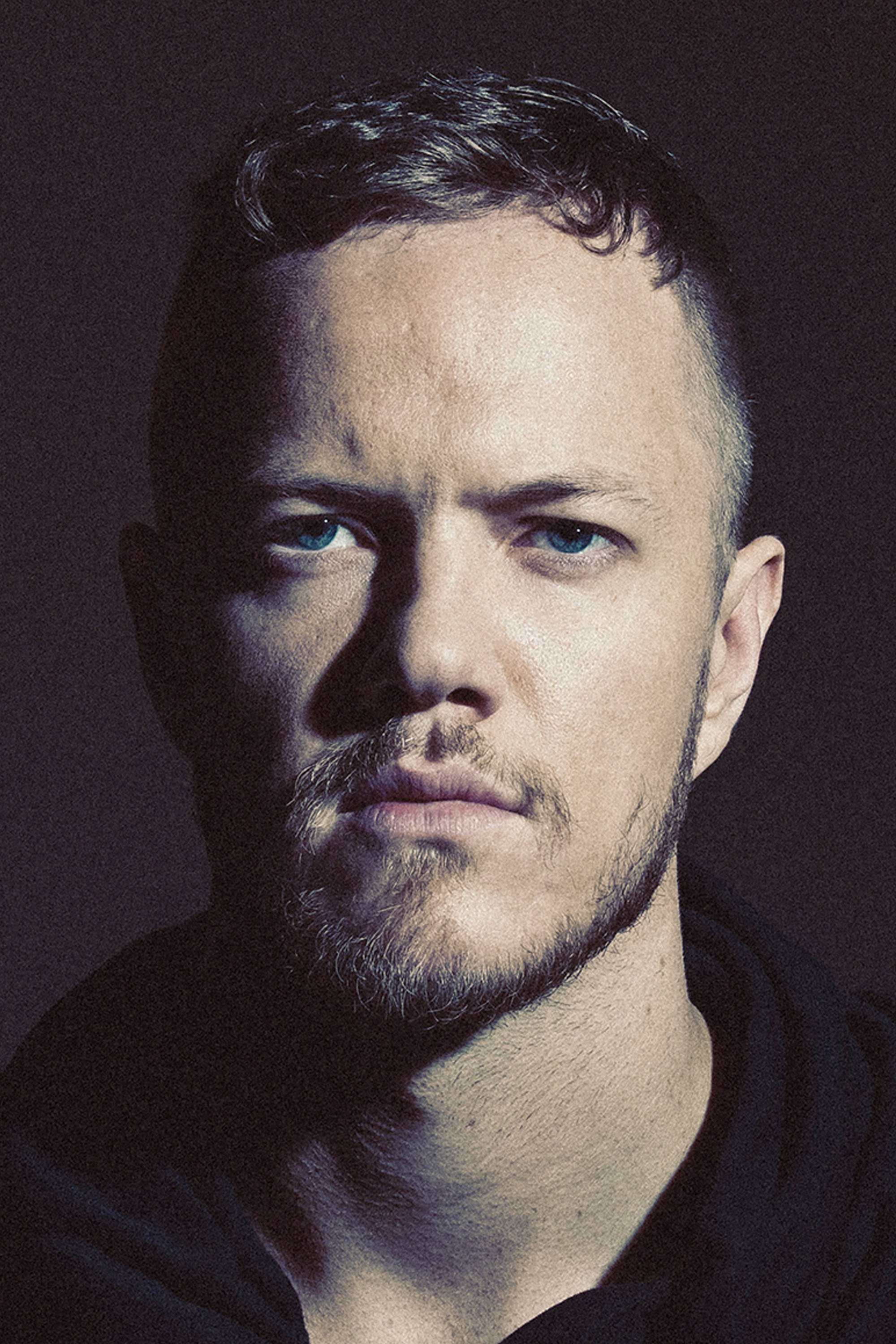
Dan Reynolds lives with ankylosing spondylitis, a type of arthritis that mainly affects the spine and hips. It causes back pain and stiffness, and can make it harder to move, although exercise can often help. Treatment usually involves pain relievers, specialized medications, and a focus on staying active to keep joints flexible. Reynolds has talked about experiencing periods where his symptoms worsen, and how staying in shape and receiving medical care helps him manage the condition.
Sarah Hyland

Sarah Hyland was born with a condition called kidney dysplasia, which means her kidneys didn’t develop properly. This can lead to problems like reduced kidney function, high blood pressure, and frequent infections. Treatment focuses on managing blood pressure, fighting infections with antibiotics, and potentially receiving a kidney transplant if her kidneys fail. Sarah has already had two kidney transplants and continues to receive ongoing care from kidney specialists.
Justin Bieber

Justin Bieber has been diagnosed with Ramsay Hunt syndrome, a condition caused by a reactivated shingles virus that affects the nerves in his face. This causes paralysis on one side of his face, along with ear pain and possible hearing or balance problems. Treatment involves medications to fight the virus, steroids to reduce inflammation, and protecting the eye until the nerve recovers.
Jenna Jameson

Jenna Jameson has been diagnosed with Guillain-Barré syndrome, a rare condition where the body’s immune system mistakenly attacks the nerves outside of the brain and spinal cord. It usually starts with weakness and tingling in the legs and can eventually lead to paralysis. Treatment typically involves medications like intravenous immunoglobulin or plasma exchange, along with general supportive care. Recovery time varies, but often takes several months, and physical therapy is a key part of getting better.
Selena Gomez

Selena Gomez has lupus, a condition where the body’s immune system attacks its own tissues. This can cause problems with the skin, joints, kidneys, and other organs, leading to symptoms like tiredness, joint pain, rashes, and inflammation. Treatment options vary, from medications originally used for malaria and steroids, to drugs that suppress the immune system and newer biologic therapies. Because lupus damaged her kidneys, Selena needed a kidney transplant and continues to receive ongoing care from a rheumatologist.
Nick Cannon
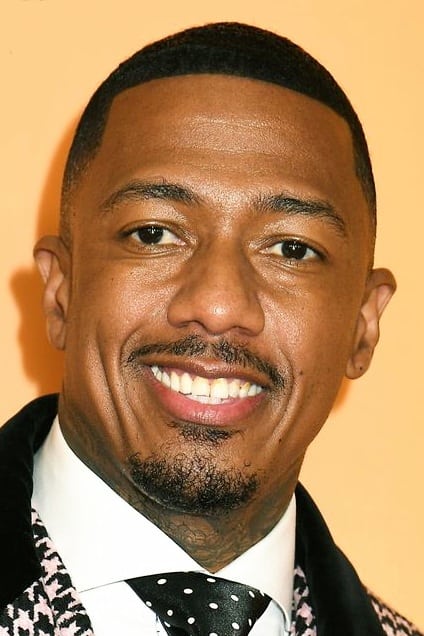
Nick Cannon has lupus nephritis, a kidney problem caused by lupus. This condition causes inflammation in the kidneys, which can lead to protein in the urine, swelling, and reduced kidney function. Treatment involves medications to suppress the immune system, and regular check-ups with blood tests and, sometimes, kidney biopsies. Cannon has openly shared his experiences with hospital stays and ongoing care from kidney specialists.
Wendy Williams

Wendy Williams has Graves’ disease, a condition where the body’s immune system attacks the thyroid, causing it to become overactive. This can lead to symptoms like weight loss, a racing heartbeat, shaking, anxiety, and changes to the eyes. Treatment options include medication, radioactive iodine therapy, or surgery, and beta blockers can help manage the symptoms. Wendy has occasionally taken time off work to adjust her treatment and keep a close watch on her thyroid levels.
Jameela Jamil

Jameela Jamil lives with Ehlers-Danlos syndrome (EDS), a condition that impacts the body’s connective tissues – things like skin, joints, and blood vessels. This can cause frequent sprains, ongoing pain, and bruising easily. Treatment usually involves physical therapy, pain relief, and learning ways to protect joints during daily life. Jamil has shared that getting coordinated medical care is key to managing her fatigue and instability.
Tionne Watkins

I recently learned about Tionne Watkins’s battle with sickle cell disease, and it’s a really powerful story. It’s a genetic condition where her red blood cells are shaped differently, which can lead to intense pain, constant fatigue, and even damage to her organs because of blocked blood flow. From what I understand, treatment involves things like medication to manage the symptoms, pain management strategies, and, for some, even a bone marrow transplant. What really struck me is her dedication to raising awareness – she’s a strong advocate for early screening and creating personalized plans to help people manage their own crises. It’s inspiring to see her use her platform to make a difference.
Huey Lewis

Huey Lewis has an inner ear disorder called Ménière’s disease, which can cause problems with hearing and balance. People with this condition often experience dizziness (vertigo), ringing in the ears (tinnitus), a feeling of fullness in the ear, and changes in their ability to hear. Treatment options range from diet and medication to physical therapy, and sometimes more intensive procedures. Because of Ménière’s disease, Huey Lewis has temporarily stopped touring to focus on getting the care he needs for his hearing.
Billie Eilish

Billie Eilish lives with Tourette syndrome, a condition that causes involuntary movements and sounds called tics. These tics usually start when someone is a child and can vary in how often they happen and how strong they are. While there’s no cure, therapy and sometimes medication can help if the tics get in the way of everyday life. Billie has shared that managing stress and having a supportive environment can lessen her tics.
Amy Purdy

Amy Purdy overcame a life-threatening infection called meningococcal septicemia, which is rare and attacks the bloodstream. This illness can quickly cause serious damage to organs and may even lead to the loss of limbs. She needed immediate antibiotics, intensive care, and ongoing rehabilitation to recover. Despite these challenges, Amy went on to become a Paralympic snowboarder and inspirational speaker, while continuing to monitor her health.
Seal
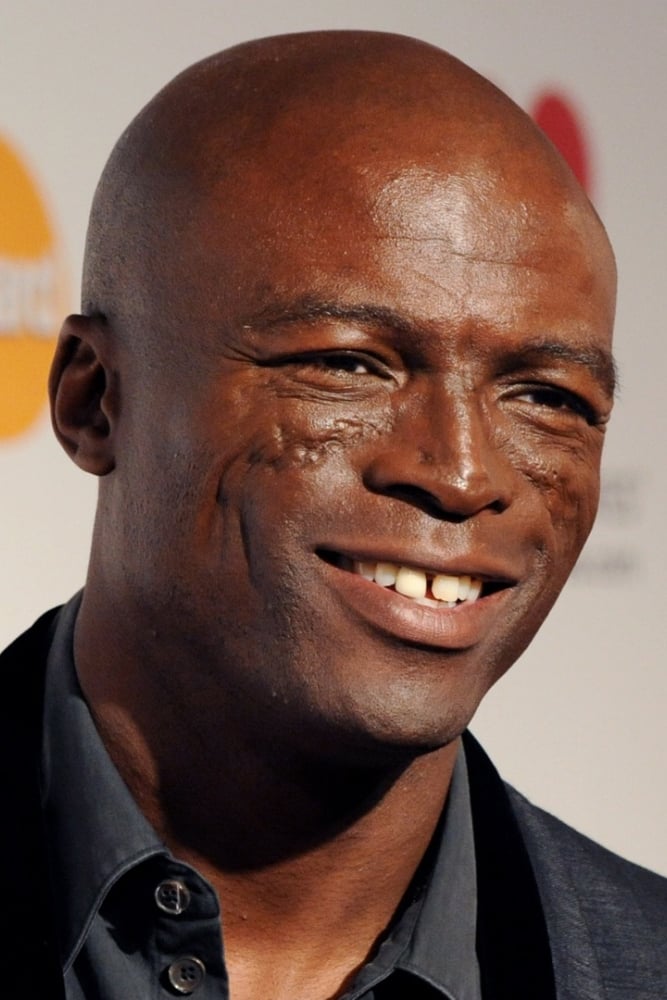
I recently learned about Seal’s battle with discoid lupus erythematosus, or DLE, which is a long-term autoimmune condition affecting his skin. Basically, it causes these inflammatory patches, often where the sun hits, and can unfortunately leave scars. From what I understand, managing it involves a lot of sun protection, medicated creams, and sometimes medications usually used for malaria, along with regular check-ups with a dermatologist. He’s been really open about how important it is to prevent flare-ups and stick to a consistent skincare routine, which is inspiring to see.
Melanie Gaydos
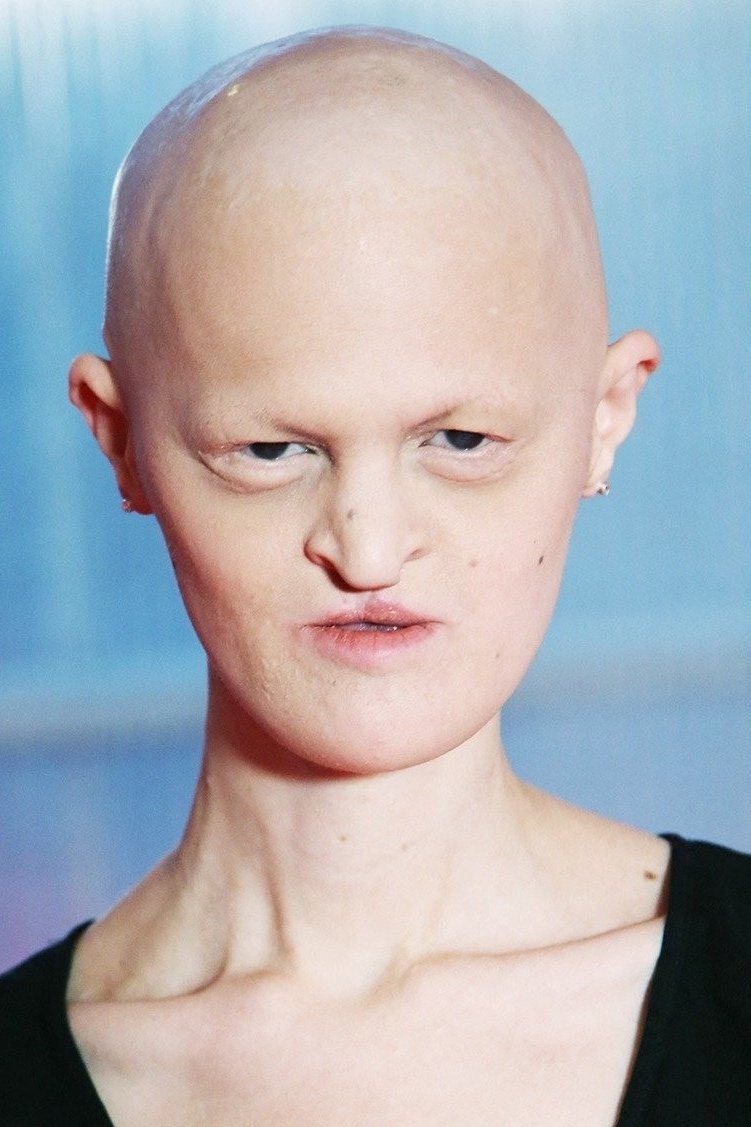
Melanie Gaydos lives with ectodermal dysplasia, a genetic condition that affects how skin, hair, nails, teeth, and sweat glands develop. This can mean people with the condition have missing teeth, brittle hair, and trouble staying comfortable in different temperatures. Treatment usually involves things like dentures, skincare, and avoiding getting too hot. Despite these challenges, Melanie has worked as a model and actress, collaborating with medical professionals to manage her needs.
Emilia Clarke

Emilia Clarke faced a serious health challenge, surviving two brain aneurysms – weak spots in blood vessels that can cause bleeding. She needed immediate medical attention, which involved surgery to stop the bleeding and prevent it from happening again. After recovering through rehabilitation, she’s become an advocate for programs that help others regain their thinking and physical abilities after neurological issues.
Ashton Kutcher

Ashton Kutcher was diagnosed with a rare condition called vasculitis, which caused temporary problems with his vision, hearing, and balance. Vasculitis is inflammation of the blood vessels, restricting blood flow. Treatment typically involves medications like steroids to suppress the immune system, and Kutcher has been recovering well with medical care and ongoing monitoring.
Andrea Bocelli

Andrea Bocelli was born with a form of glaucoma that affected his vision from birth. He later became completely blind after an accident when he was a teenager. This condition causes increased pressure inside the eye, which can damage the nerve responsible for sight. As a child, he received treatment with eye drops and surgery to manage the pressure. Despite losing his sight, Bocelli continued his intense vocal training, using braille music and audio resources to help him.
John F. Kennedy

John F. Kennedy had Addison’s disease, a condition where the adrenal glands don’t make enough of certain essential hormones. This can cause symptoms like weight loss, low blood pressure, and constant tiredness. Standard treatment involves taking hormone replacement medication – hydrocortisone and fludrocortisone – for life. Kennedy carefully followed his medication schedule and received regular medical checkups to avoid dangerous health emergencies related to the disease.
Lionel Messi
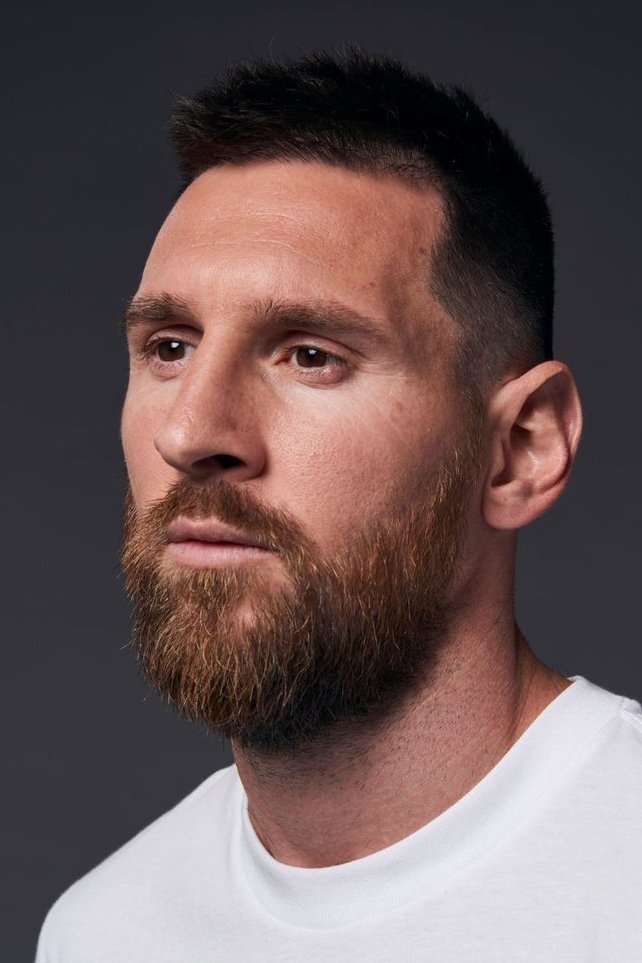
As a child, Lionel Messi had a growth hormone deficiency, meaning his body didn’t produce enough of the hormone needed for proper growth. He received treatment with daily injections of a synthetic growth hormone, and doctors closely monitored his growth and hormone levels. This early treatment helped him reach a normal height and ensured healthy development of his bones and organs.
Jimmy Kimmel
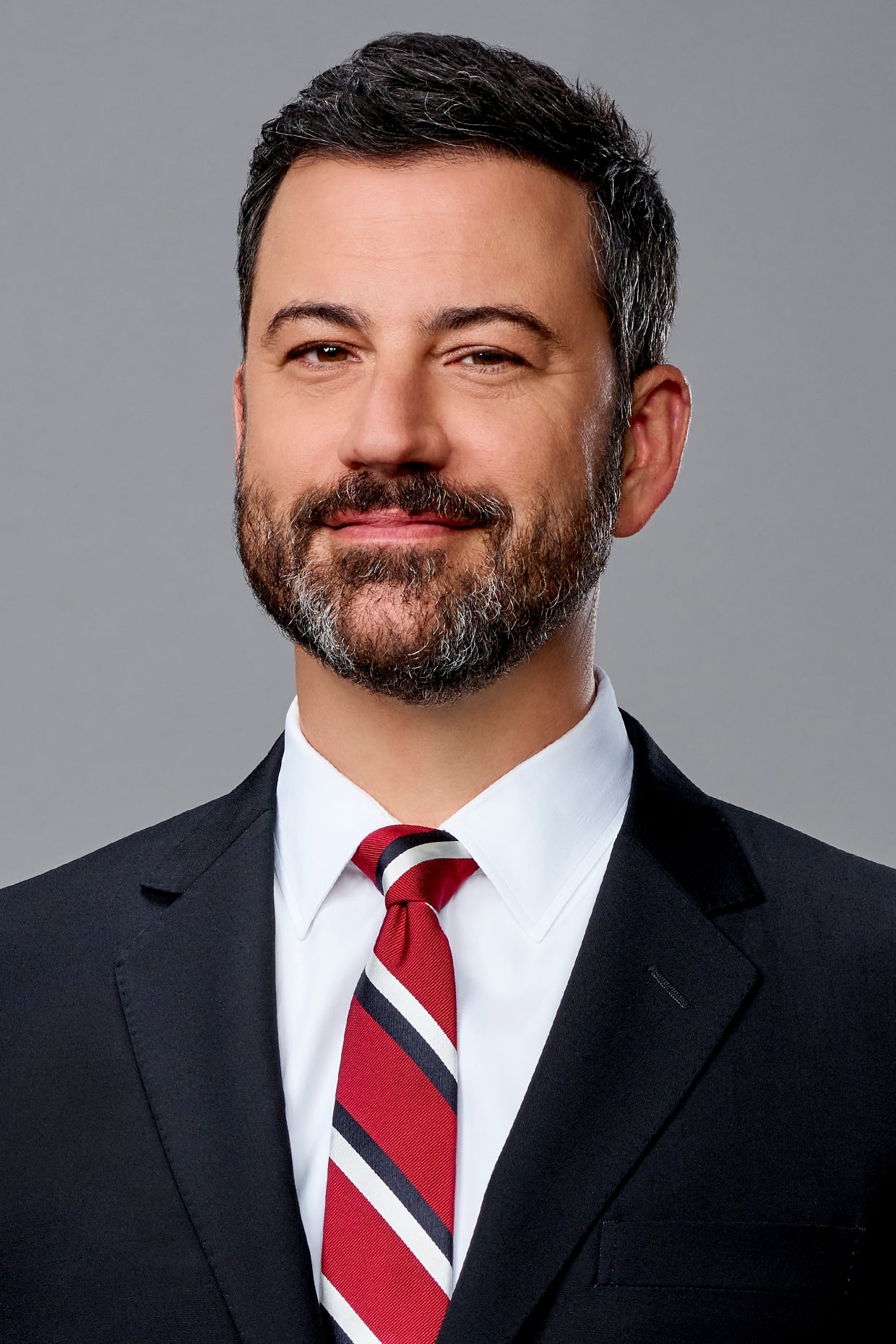
Jimmy Kimmel recently shared that he lives with narcolepsy, a condition that causes extreme daytime sleepiness. People with narcolepsy sometimes experience sudden muscle weakness, known as cataplexy. Doctors usually diagnose it with sleep studies that monitor brain activity during sleep. Treatment often includes medication to help stay awake and planned naps throughout the day.
Isaiah Austin

Isaiah Austin discovered he had Marfan syndrome during a medical evaluation before the NBA draft. This condition impacts the body’s connective tissues and can affect the heart, eyes, and bones. Treatment focuses on regularly checking the aorta with scans and managing blood pressure. Because of the condition, he temporarily stopped playing basketball to prioritize his health, but later returned to the game with medical supervision when possible.
André the Giant
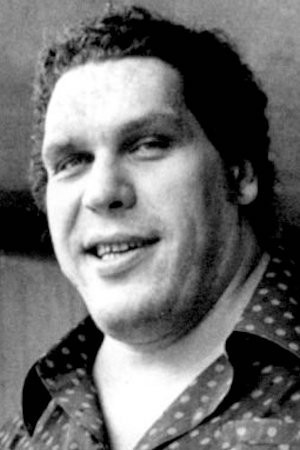
André the Giant suffered from acromegaly, a rare condition where the body makes too much growth hormone due to a tumor on the pituitary gland. This caused his hands and feet to grow larger, led to joint pain, and put a strain on his heart. Treatment involved surgery on the pituitary gland, medications to reduce growth hormone levels, and sometimes radiation therapy. Because of his condition, he needed regular medical care throughout his wrestling career.
Woody Guthrie

Woody Guthrie suffered from Huntington’s disease, an inherited condition that gradually damages the brain. This leads to worsening problems with movement, thinking, and mental health. Doctors can confirm the disease with a genetic test, and families are often offered support and guidance. Treatment focuses on managing symptoms, ensuring good nutrition, and providing assistance as a person’s physical and mental abilities change.
Bernie Mac
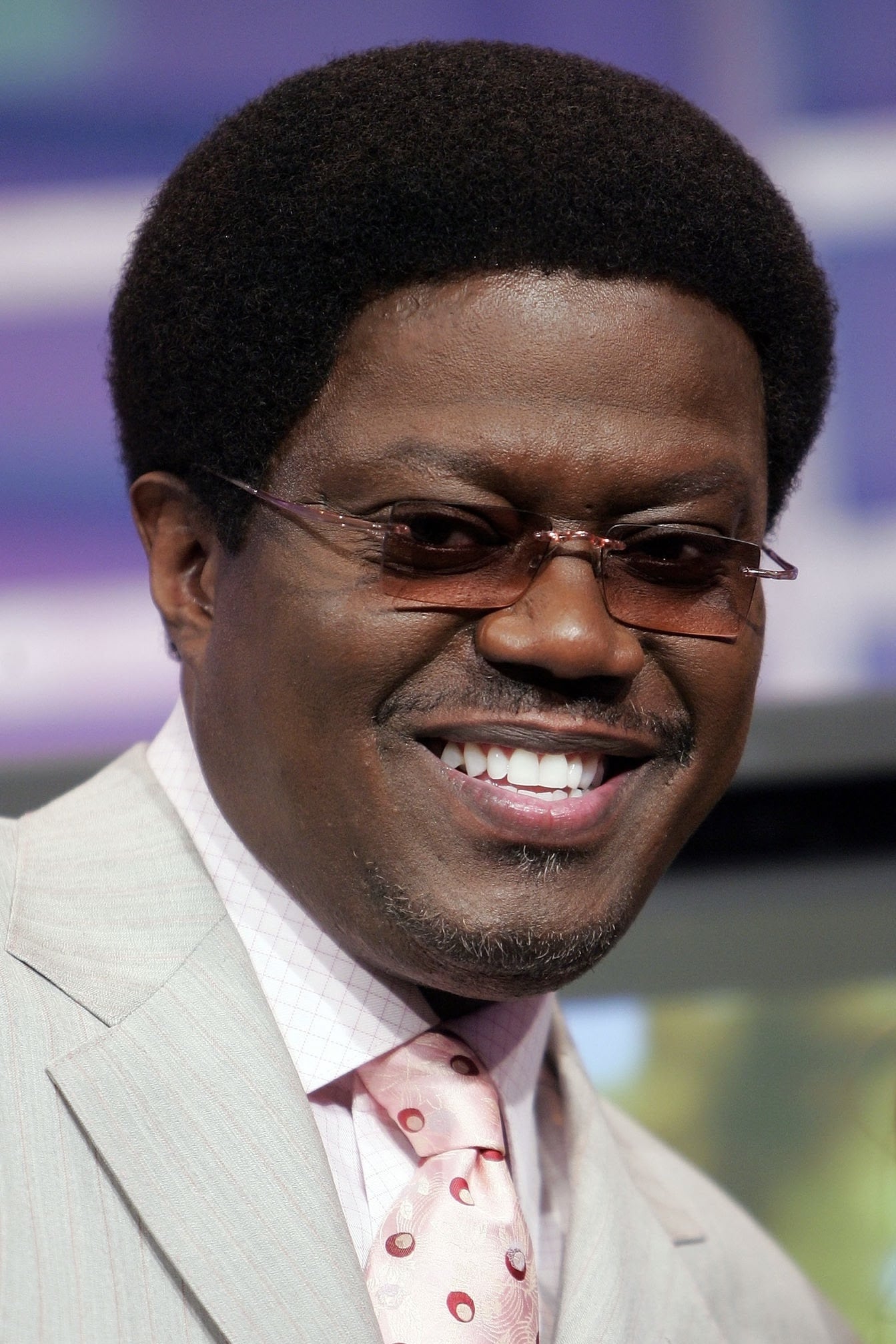
Bernie Mac had sarcoidosis, a condition that causes inflammation and small lumps to form in organs. It often affects the lungs, leading to symptoms like coughing, difficulty breathing, and tiredness. Treatment varies depending on the severity, from simply monitoring the condition to using medications like steroids to suppress the immune system. Doctors use tests like chest imaging and lung function tests to keep track of how the disease is progressing.
Linda Ronstadt

Linda Ronstadt was eventually diagnosed with progressive supranuclear palsy (PSP) after initially being treated for symptoms similar to Parkinson’s disease. PSP is a rare condition affecting the brain, causing problems with balance, eye movement, and speech. While there’s no cure, treatment focuses on therapies like physical and speech therapy, and preventing falls. Tools and changes to her home helped her stay as independent as possible.
Atticus Shaffer
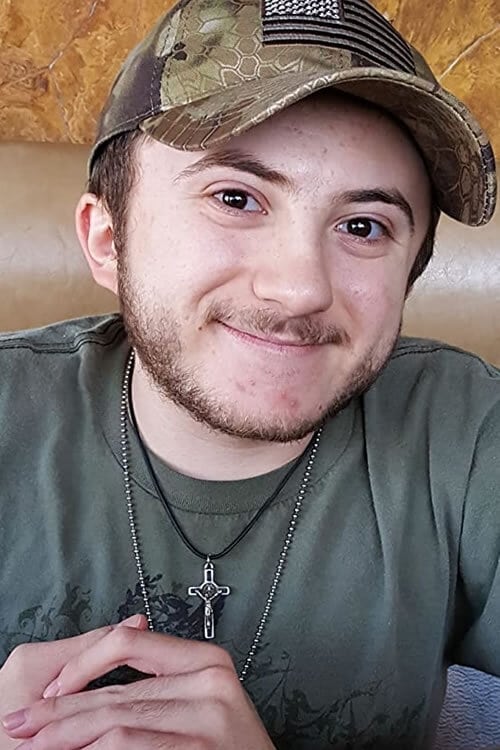
Atticus Shaffer has a genetic condition called osteogenesis imperfecta type IV, which makes his bones very fragile. This means people with OI often break bones easily and may be shorter than average, sometimes with a curved spine. Treatment involves preventing fractures, physical therapy, and, in some cases, medication given through a vein to strengthen bones. Atticus works with film crews to make sure filming schedules accommodate his accessibility and mobility requirements.
Jessie J

Jessie J has been talking about health issues that seem like Ménière’s disease, which have impacted her hearing and balance. This condition happens when fluid builds up in the inner ear, leading to symptoms like dizziness (vertigo), ringing in the ears (tinnitus), and changes in how well you can hear. Treatment often involves reducing salt intake, taking water pills (diuretics), doing exercises to improve balance (vestibular therapy), and, in serious cases, medical procedures. Regular hearing check-ups are important to monitor any changes.
apl.de.ap
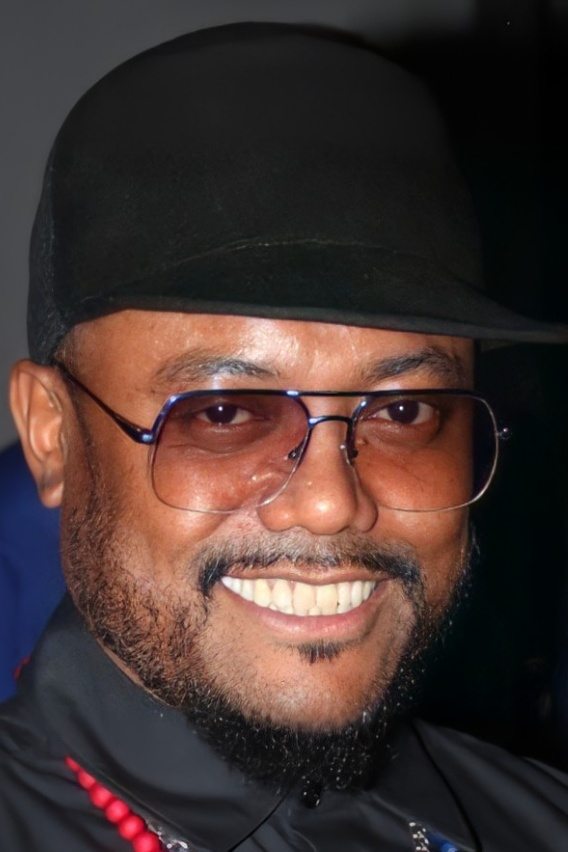
apl.de.ap was born with a condition called nystagmus, which means his eyes make involuntary movements. This affects his vision, making it difficult to see clearly and judge distances – he is legally blind as a result. While there isn’t a cure, treatments like special lenses, orientation training, and sometimes surgery can help. He uses these tools and adapts his approach both when performing and in his everyday life.
Peter Tork

Peter Tork was diagnosed with a rare type of salivary gland cancer called adenoid cystic carcinoma. This cancer tends to grow slowly, but can spread along nerves, so doctors often recommend removing a wide area during surgery. Treatment usually involves surgery, and may also include focused radiation therapy. Because the cancer can sometimes return years later, patients typically need regular check-ups and long-term monitoring.
We’d love to hear your opinions! Please share which stories helped you learn more about these health issues.
Read More
- Bitcoin’s Ballet: Will the Bull Pirouette or Stumble? 💃🐂
- Dogecoin’s Big Yawn: Musk’s X Money Launch Leaves Market Unimpressed 🐕💸
- Can the Stock Market Defy Logic and Achieve a Third Consecutive 20% Gain?
- Deepfake Drama Alert: Crypto’s New Nemesis Is Your AI Twin! 🧠💸
- LINK’s Tumble: A Tale of Woe, Wraiths, and Wrapped Assets 🌉💸
- XRP’s Soul in Turmoil: A Frolic Through Doom & Gloom 😏📉
- 🚀 Doge’s Zero-Hour: Will It Go From Hero to Zero? 😱
- Zcash Climbs 12% in an Unexpected Heroic Comeback-Even Coins Have Feelings, You Know?
- Market Reflections: AI Optimism and Inflation Data Propel Stocks on December 19
- A Contrarian’s Testament: The Enduring Illusion of Market Certainties
2025-10-18 08:52